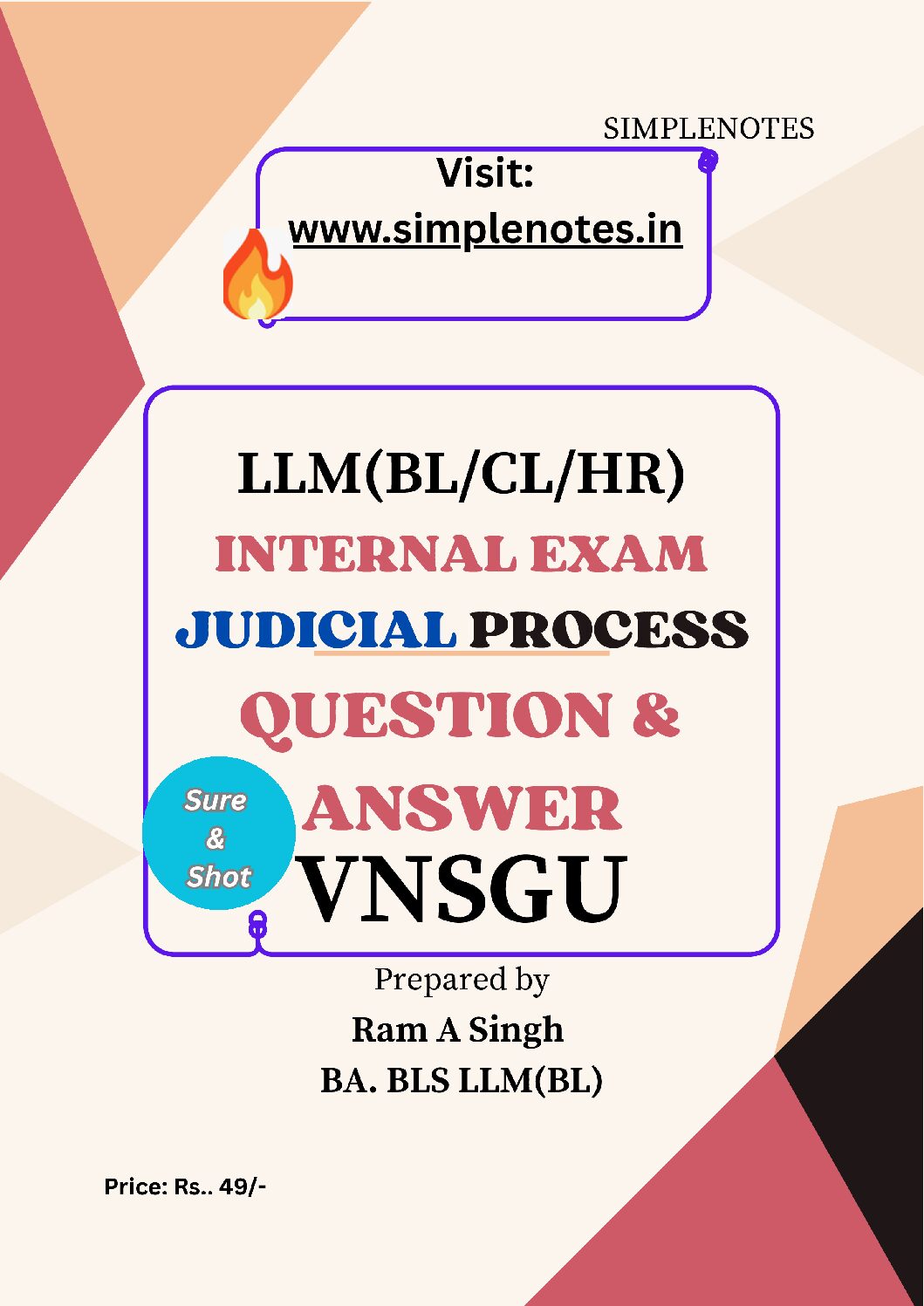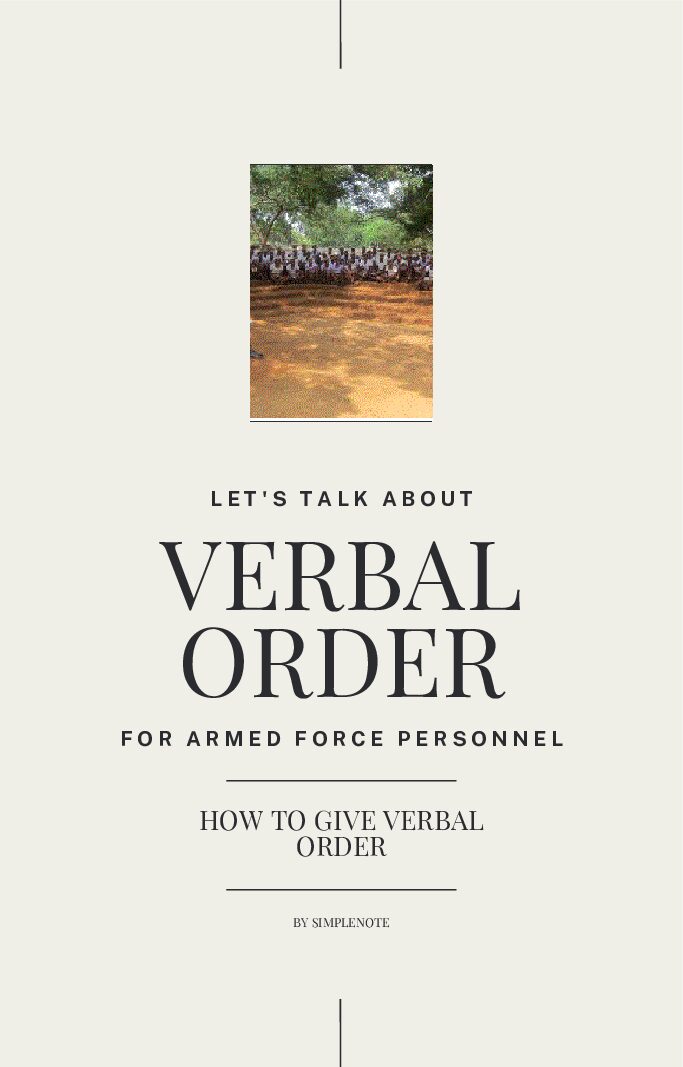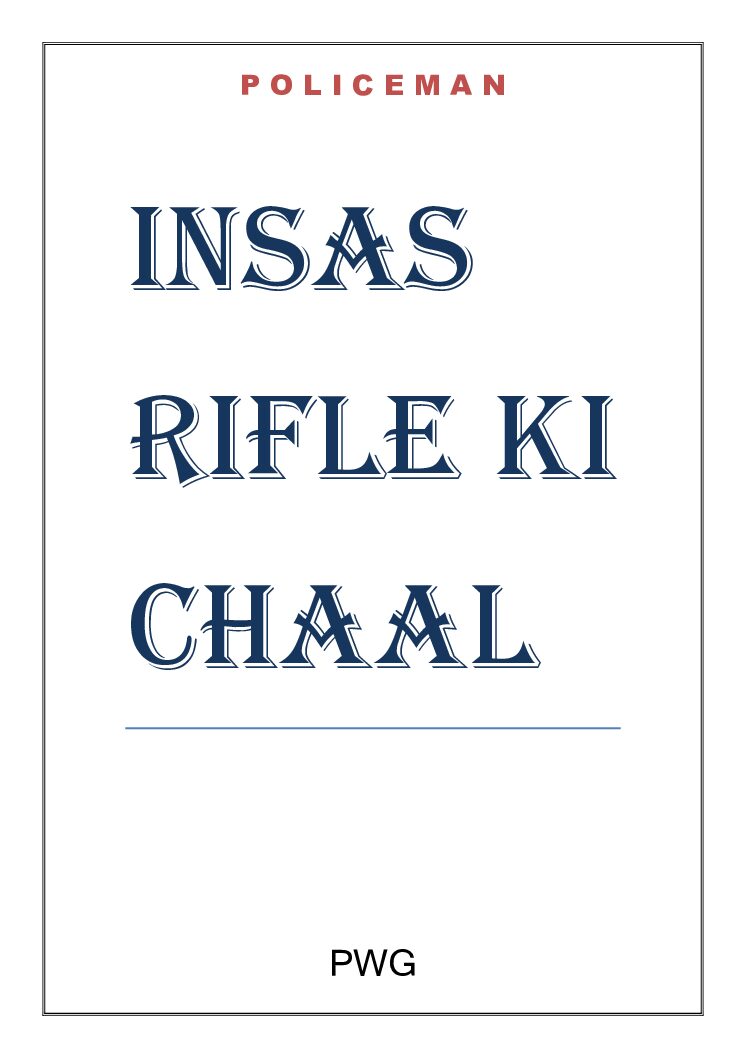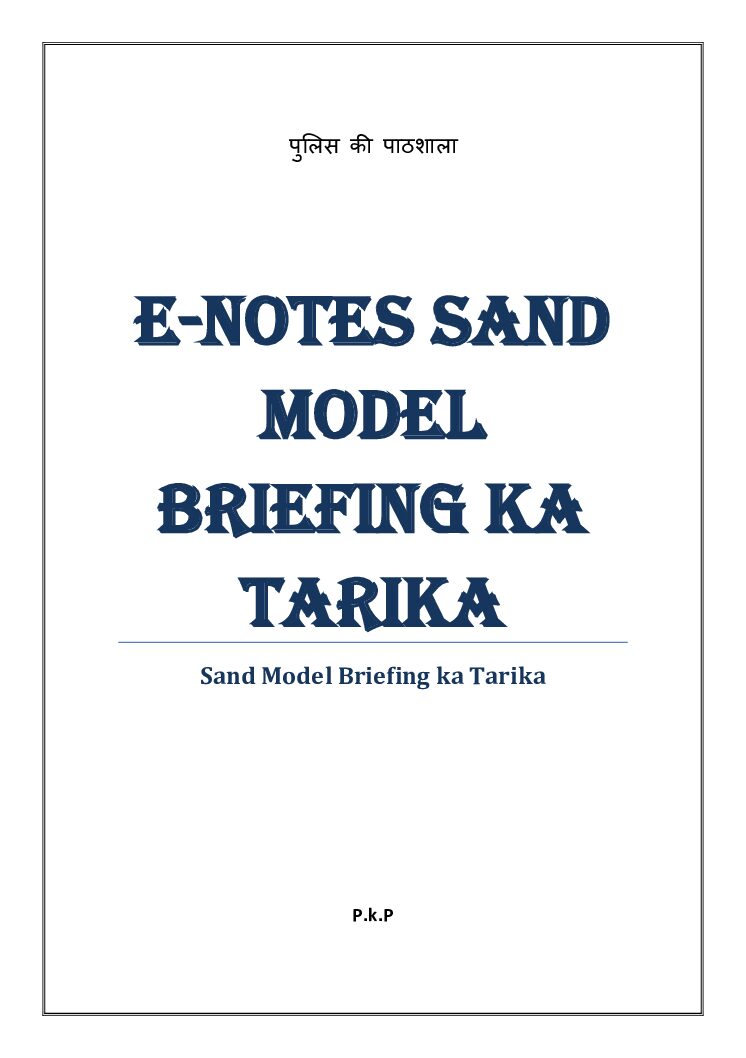Judicial Review in India: Introduction
Table of Content
Judicial Review in India is one of the most powerful duties of the courts. It allows the judiciary to check laws, rules, and actions of the government and cancel them if they go against the Indian Constitution.
In simple words, judicial review is a safety tool. It protects fundamental rights, stops misuse of power, and keeps democracy alive. Without judicial review, the Constitution would just be a book. With it, the Constitution becomes a living document guiding democracy.
You may like : Nature of the Judicial Process: learn in 7 points, Meaning and Stages
Meaning of Judicial Review in India

Judicial Review means that courts in India have the power to examine laws and government actions to see if they are constitutional. If something violates the Fundamental Rights or the basic structure doctrine, courts can strike it down.
Example: If Parliament passes a law that restricts free speech, the Supreme Court can cancel it under Article 19. This makes judicial review the backbone of constitutional law in India.
Origin of Judicial Review: USA and India
In the USA
The idea started in Marbury v. Madison (1803). The court said it was their duty to decide what the law means. This established judicial review in the US.
In India
India adopted this concept but gave it wider scope. Courts here can review laws, executive actions, and administrative decisions.
The Kesavananda Bharati case (1973) made judicial review a basic structure of the Constitution, meaning it cannot be removed even by amendments.
Constitutional Basis of Judicial Review in Indian Constitution
Several Articles give power to the judiciary for judicial review in India:
- Article 13 – Any law violating Fundamental Rights is invalid.
- Articles 32 & 226 – Courts can issue writs to protect rights.
- Articles 131–136 – Define the jurisdiction of the Supreme Court.
- Articles 245–246 – Distribution of legislative powers, subject to review.
Importance of Judicial Review in India
- Guardian of the Constitution
Courts ensure the supremacy of the Indian Constitution. - Protection of Fundamental Rights
In Maneka Gandhi v. Union of India (1978), the Court expanded personal liberty under Article 21. - Limit on Parliament’s Power
In Kesavananda Bharati (1973), the Court said Parliament cannot destroy the basic structure doctrine. - Check on the Executive
In Indira Gandhi v. Raj Narain (1975), the Court struck down a law that tried to protect the Prime Minister’s election. - Maintains Rule of Law and Democracy
Judicial review stops majority rule from becoming dictatorship. - Balances Centre and States
It resolves conflicts, keeping the federal structure of India intact. - Adapts to Society’s Needs
Rights like Right to Privacy (2017) and issues like same-sex marriage hearings (2023) were protected under judicial review.
Landmark Cases on Judicial Review in India
- Kesavananda Bharati v. State of Kerala (1973) – Introduced Basic Structure Doctrine.
- Indira Gandhi v. Raj Narain (1975) – Protected free elections.
- Maneka Gandhi v. Union of India (1978) – Expanded “personal liberty.”
- Minerva Mills v. Union of India (1980) – Balanced Fundamental Rights and Directive Principles.
- I.R. Coelho v. State of Tamil Nadu (2007) – Even Ninth Schedule laws can be reviewed.
- Justice K.S. Puttaswamy v. Union of India (2017) – Declared Right to Privacy as a Fundamental Right.
Judicial Review vs Judicial Activism in India
- Judicial Review – Courts check if laws and actions match the Constitution.
- Judicial Activism – Courts actively guide policies and social issues.
Example: Judicial review checks constitutionality, while activism may push for new rights (like environmental protection).
Criticism of Judicial Review in India
- Not Democratic Enough – Judges are not elected but can cancel laws made by Parliament.
- Judicial Overreach – Sometimes courts step into policy-making.
- Delays – Slow legal process reduces impact in urgent matters.
Reforms Needed in Judicial Review
- Clear Guidelines – To stop courts from entering political issues.
- Judicial Restraint – Respect roles of Parliament and Government.
- Speedy Disposal – Special Constitutional Benches for faster hearings.
Conclusion: Judicial Review and Democracy in India
Judicial review is the soul of the Indian Constitution. It ensures that no law or government action destroys democracy or people’s rights.
Even though there are criticisms, Judicial Review in India remains the strongest weapon for protecting the rule of law. With a strong and fair judiciary, India’s democracy continues to stay alive and people’s rights remain safe.
FAQs on Judicial Review in India
Q1. What is Judicial Review in India in simple words?
It is when courts check if a law or action is against the Constitution, and cancel it if needed.
Q2. Which Articles provide Judicial Review in Indian Constitution?
Articles 13, 32, and 226.
Q3. What are the landmark cases of Judicial Review in India?
Kesavananda Bharati (1973), Maneka Gandhi (1978), Indira Gandhi v. Raj Narain (1975), and Right to Privacy (2017).
Q4. What is the difference between Judicial Review and Judicial Activism in India?
Judicial review checks constitutionality, while judicial activism pushes for social reforms and policy guidance.
Q5. Why is Judicial Review important in Indian democracy?
It protects rights, limits government power, and keeps the Constitution supreme.
![]()









